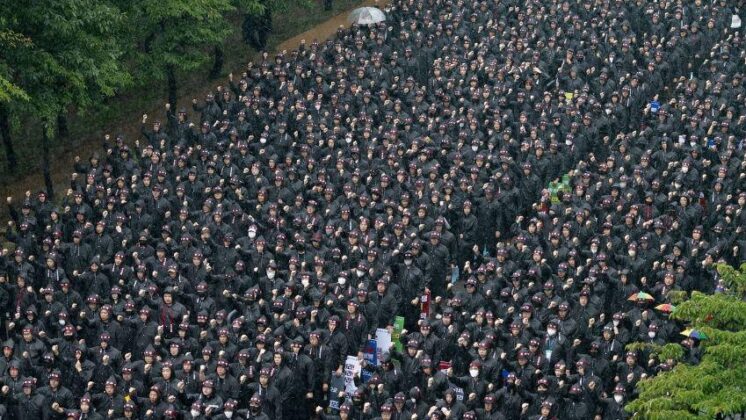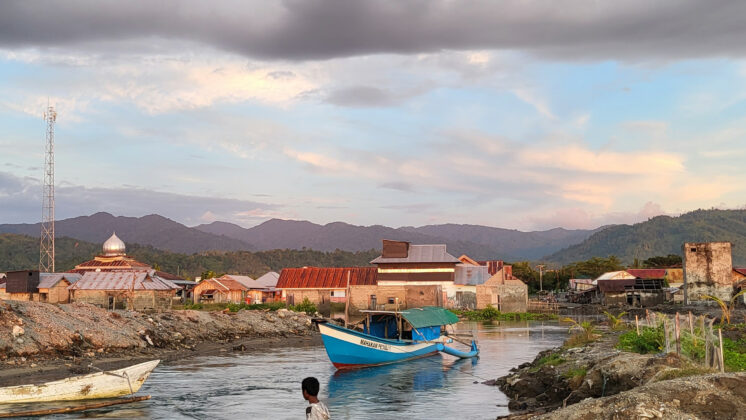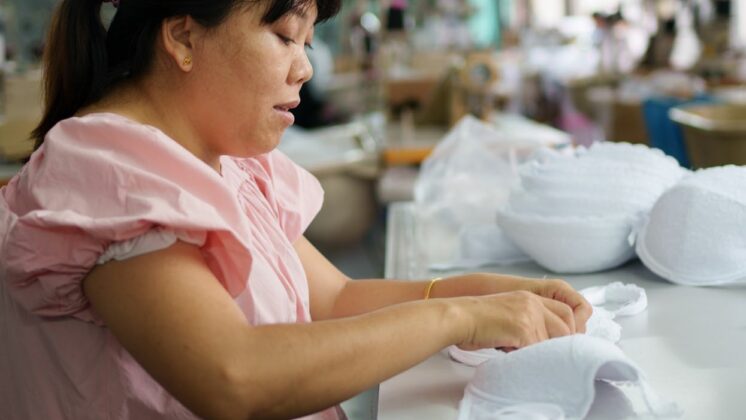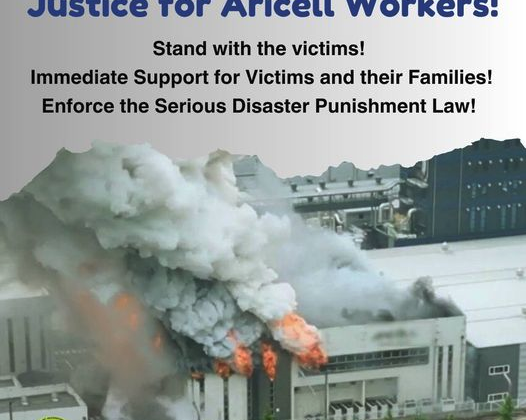Over the past year, Greenpeace collected and analysed 25 samples of wastewater discharges and sediments from five industrial sites in the region. These companies at these sites are mainly involved in manufacturing laminates, circuit boards, printing and packaging, and textiles. All five factory complexes were dumping wastewater containing chemicals with proven or suspected hazardous properties. Samples from Wing Fung Printed Circuit Board Ltd., for example, contained copper at 12 times the maximum allowable limit.
Greenpeace's new report, Poisoning the Pearl, discovers loopholes in Chinese pollution law. Over the past year, Greenpeace collected and analysed 25 samples of wastewater discharges and sediments from five industrial sites in the region.
These sites are:
Kingboard (Fogang) Industrial Area, Kingboard (Panyu Nansha) Industrial Area, Wing Fung P.C. Board Co., Ltd in Shenzhen, Dongguan Cheong Ming Printing Co., Ltd in Dongguan, and Qingyuan Top Dragon Textile Co., Ltd, in Qingyuan city. The companies at these sites are mainly involved in manufacturing laminates, circuit boards, printing and packaging, and textiles.
What Greenpeace found
All five factory complexes were dumping wastewater containing chemicals with proven or suspected hazardous properties. Some of these toxic chemicals include high levels of heavy metals such as beryllium, copper and manganese. Manganese has been linked to brain damage. Greenpeace also found organic chemicals such as brominated flame retardants and bisphenol-A.
Hormone disrupting alkyl phenols - some of which are listed in the EU priority hazardous substances list, were also present.
A number of these hazardous substances are not yet regulated in China. Samples from one of the sites, Kingboard Fogang, contained beryllium at 25 times the levels allowed by local regulations. Samples from Wing Fung Printed Circuit Board Ltd. contained copper at 12 times the maximum allowable limit.
What Greenpeace wants to happen
Greenpeace is calling on industries to reduce and eliminate their use of hazardous chemicals by replacing them with safe alternatives. Greenpeace is also calling on the government to develop and implement stringent regulations to restrict and eliminate the release of hazardous chemicals. Current Chinese regulations mainly covers conventional pollutants such as chemical oxygen demand and suspended solids. To stop toxic water pollution it needs to get tough on hazardous chemicals too.








